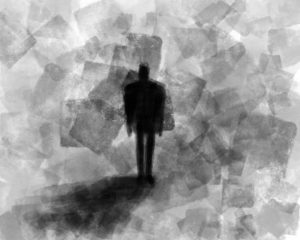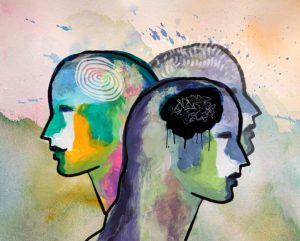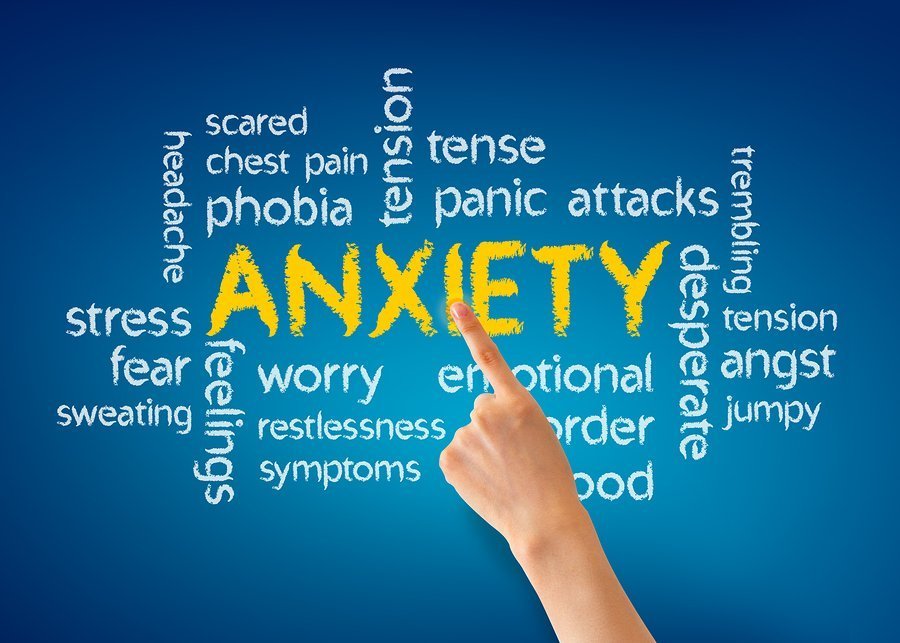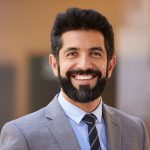Table of Contents
ToggleMood disorders affect millions of people in the United States. They are a group of mental health conditions that affect a person’s mood and overall well-being. They can range from mild to sever and can have a significant impact on a person’s daily life. Some common mood disorders include depression, bipolar disorder, dysthymia, cyclothymia, and seasonal affective disorder. It is important to recognize the signs and symptoms of mood disorders and seek appropriate treatment to manage and improve quality of life. In this blog post, we will explore five common mood disorders and their associated symptoms, causes, and treatment options.
What are Mood Disorders?
Mood disorders are a group of illnesses that affect how you feel, think,k and act. They can be mild or severe and may include symptoms such as sadness, anxiety, irritability, or even depression.
Depression is one of the most common mood disorders in America today affecting millions of people who struggle with it every day. Bipolar disorder (also known as manic-depressive illness) is another mood disorder that causes extreme shifts in energy and emotion over short periods such as mania (feeling very high) followed by depression (feeling very low).
Bipolar disorder

It’s a mental illness that causes severe mood swings. It’s also known as manic-depressive disorder, and it affects about 1 in 100 people at some point in their lives.
It can be treated with medication and therapy, but it’s important to know that this type of treatment will not cure you of bipolar disorder—it’ll only help manage symptoms and prevent relapse. If after taking your medications for several months or years you still experience symptoms of depression or mania (such as racing thoughts), talk to your doctor about switching medications or other options like psychotherapy instead of trying to self-treat alone.
Bipolar I Disorder
Bipolar I Disorder is characterized by episodes of mania and depression. These may be separated by periods of normal mood, during which the person may function well even though they are experiencing symptoms.
Manic episodes are characterized by a distinct period of abnormally elevated, expansive, or irritable mood (elevated from baseline). The person’s personality is often very different from how he or she normally behaves during this time—they have increased energy, become more talkative and less inhibited than usual; they also have decreased need for sleep because they feel so excited about things that don’t require much rest (or “sleep”). This can last anywhere from one week to several months depending on the severity of symptoms experienced in each episode.
Depressive episodes include symptoms such as tearfulness or sadness for no apparent reason; low self-esteem; fatigue; difficulty concentrating; change in appetite towards foods high in sugar content such as chocolate bars etc., which may lead them to want comfort food like pizza instead
Bipolar II Disorder
Bipolar II disorder presents as a mood disorder wherein individuals undergo alternating episodes of depression and hypomania. The patient encounters episodes of mania, characterized by heightened mood or irritability.
Bipolar II disorder, a milder form of bipolar I, exhibit comparable symptoms: altered sleep patterns and energy levels, aggressive or anxiety-like behavior (e.g., restlessness), difficulty concentrating, impaired decision-making, poor financial or sexual judgment—and even episodes with suicidal thoughts.
Some people with bipolar II do not experience hypomania at all; however,r others can go through short periods where they feel unusually happy or energetic without feeling overly anxious before falling into their depressive state again after these highs subsided.*
Cyclothymic Disorder

Cyclothymic Disorder is a mood disorder that involves a person experiencing several episodes of hypomania and depression. It’s considered to be a milder form of bipolar disorder, but it can still be very debilitating for some people.
Cyclothymic Disorder may be more common than bipolar disorder. In fact, up to half of people with cyclothymia have full-blown bipolar disorder in their lifetime; however, most cases do not progress into full-blown mania or depression.
Cyclothymic Disorder Symptoms
Regulating emotions can be a daunting task, as it requires the ability to effectively manage and control one’s emotional responses. This can pose difficulties in maintaining a stable emotional state and can result in frequent mood swings, where sudden shifts in emotions can occur without warning. These mood swings can range from periods of intense happiness and excitement to episodes of sadness or irritability.
In particular, irritability and anger tend to surface prominently, especially when someone fails to meet your needs or live up to your expectations. These emotional reactions can be triggered by various factors, such as unmet desires, unfulfilled goals, or perceived slights. It’s during these moments that frustrations may manifest in the form of heightened irritability and a tendency to lash out in anger.
Major Depressive Disorder or Depression

Depression, a prevalent mood disorder, afflicts over one in ten Americans and poses significant health risks. It manifests as an incapacity to experience pleasure, feelings of sadness, and a lack of interest in previously enjoyed activities. Additionally, individuals may encounter challenges with sleep and concentration, impeding their ability to derive enjoyment from once-enjoyable pursuits.
Dysthymia or Dysthymic Disorder

Dysthymia is a depressive disorder that causes feelings of sadness, hopelessness, and emptiness. It’s a chronic condition that lasts for at least two years and can affect your ability to work or exercise.
The symptoms of dysthymia include: feeling sad and irritable more often than usual; feeling worthless; losing interest in hobbies and activities you used to enjoy; having trouble making decisions even small ones like what movie to see on Netflix; having trouble falling asleep or staying asleep throughout the night (because of restless legs).
Dysthymia Symptoms
Dysthymia, also known as chronic depression, presents symptoms that fall short of the complete criteria for major depressive disorder (MDD). This low-grade depression persists for years without posing major issues, yet it can induce notable symptoms such as:
- Depressed mood most of the day nearly every day
- Little interest or pleasure in doing things
- Significant weight loss when not dieting or weight gain (e.g., a change of more than 5% of body weight in a month) or decrease or increase in appetite nearly every day
Mood disorders affect millions of people in the United States.

Mood disorders like bipolar disorder and depression affect millions of people in the United States. If you experience mood swings, talk to your doctor.
Bipolar disorder is a manic episode (high) or mixed episodes (low-high), characterized by extreme changes in mood, energy, and activity levels. There are several types of bipolar disorder: manic episodes, depressive episodes, and mixed episodes.
Depression is a medical condition characterized by persistent feelings of sadness or hopelessness lasting over two weeks. It involves a loss of interest in activities, sleep problems, difficulty concentrating, thoughts, attempts, or intentions of suicide. Individuals may experience feelings of worthlessness, guilt, and extreme sensitivity to criticism. Often expressing statements like “I just can’t do anything right!” or “feeling like nothing matters anymore.”










